54 pages • 1 hour read
C. S. LewisThe Magician's Nephew
Fiction | Novel | Middle Grade | Published in 1955A modern alternative to SparkNotes and CliffsNotes, SuperSummary offers high-quality Study Guides with detailed chapter summaries and analysis of major themes, characters, and more.
Background
Literary Context: Allegory, Supposition, and Biblical Allusions in The Chronicles of Narnia
While The Chronicles of Narnia is widely considered allegorical, C. S. Lewis explicitly stated that he did not write the seven-book series as an allegory (Mikalatos, Matt. “Neither Allegory nor Lion: Aslan and the Chronicles of Narnia.” Tor.com, 30 Oct. 2019). He instead considers the series a “supposal.” To Lewis, the ideas, concepts, and even people in an allegory have direct parallels to reality that permeate the entire literary work; the genre essentially transposes something factual (or taken to be factual) into symbolic form. By contrast, a supposal begins with an act of imagination—i.e., Lewis’s question, “What might Christ become like if there really were a world like Narnia, and He chose to be incarnate and die and rise again in that world as He actually has done in ours?” (Lewis, C. S. Quoted in “Neither Allegory nor Lion”). The relationship to reality is therefore both weaker and stronger than in allegory. On the one hand, the world and events of a supposal do not need to correspond exactly to those the reader knows. Parallels may exist (e.g., the Witch acting as the serpent in the Garden of Eden), but the story has its own internal logic that can deviate from that of the real world.
Related Titles
By C. S. Lewis

A Grief Observed
C. S. Lewis

Mere Christianity
C. S. Lewis
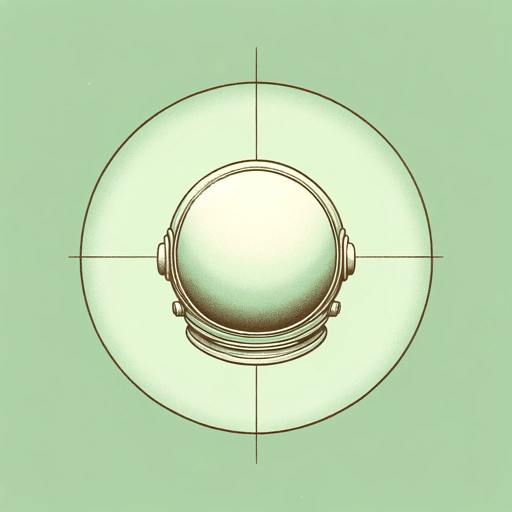
Out of the Silent Planet
C. S. Lewis

Perelandra
C. S. Lewis
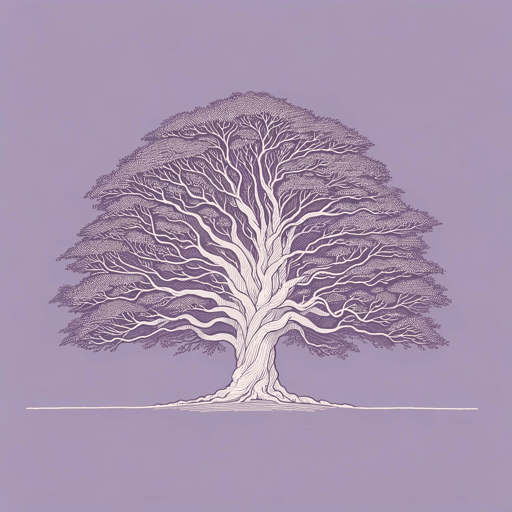
Prince Caspian
C. S. Lewis

Surprised by Joy
C. S. Lewis

That Hideous Strength
C. S. Lewis
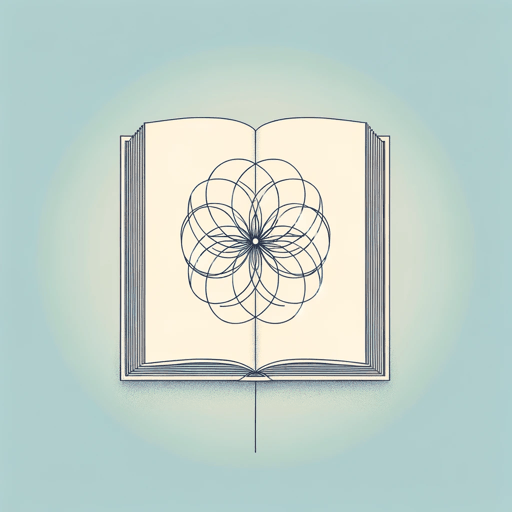
The Abolition of Man
C. S. Lewis

The Discarded Image
C. S. Lewis

The Four Loves
C. S. Lewis
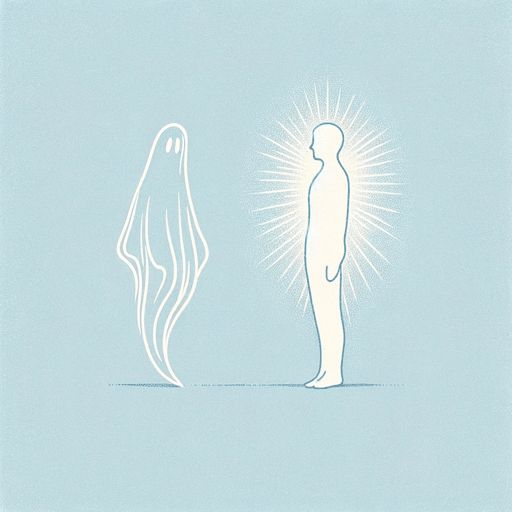
The Great Divorce
C. S. Lewis

The Horse And His Boy
C. S. Lewis

The Last Battle
C. S. Lewis

The Lion, the Witch and the Wardrobe
C. S. Lewis
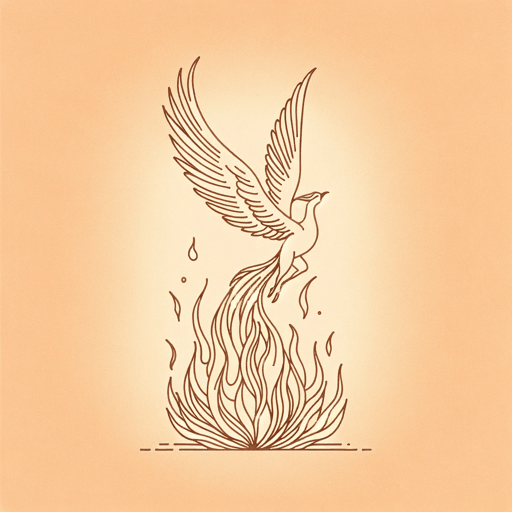
The Problem of Pain
C. S. Lewis

The Screwtape Letters
C. S. Lewis

The Silver Chair
C. S. Lewis

The Voyage of the Dawn Treader
C. S. Lewis

Till We Have Faces
C. S. Lewis

